There’s nothing quite like gazing at a gentle body of water as the sunlight glimmers off the ripples. That being said, it comes as no surprise that adding a water feature in the backyard is among the most popular landscaping projects. And the best part about building a backyard pond is that it doesn’t have to break the bank.
You may be wondering how to build a pond in your outdoor living space. Note that the whole process may take a few days; but if you have the time, the know-how, and the right tools, it can actually be a unique DIY project — and a great way to transform your backyard. It’s also worth mentioning that some proper planning can go a long way. And if you’re ready for the maintenance and the commitment that a pond requires, it only makes sense to go for it.
Step 1: Choose a Spot
Your first course of action is to choose a location for your backyard pond. Keep in mind that an ideal spot would be where the ground is flat. A slightly steep area might also be okay if you don’t mind a little runoff ending up in your pond. Once you’ve decided on the location, you can start off by marking the perimeter and getting rid of the sod from the area. Make sure to go up to a foot beyond the borders of the pond when removing the grass.
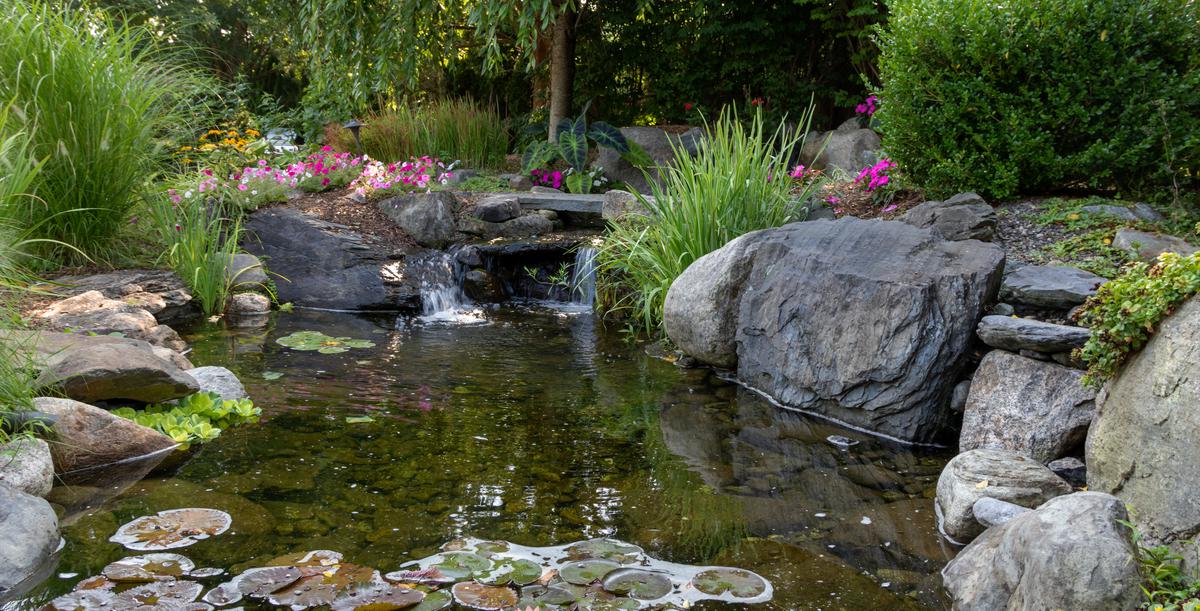
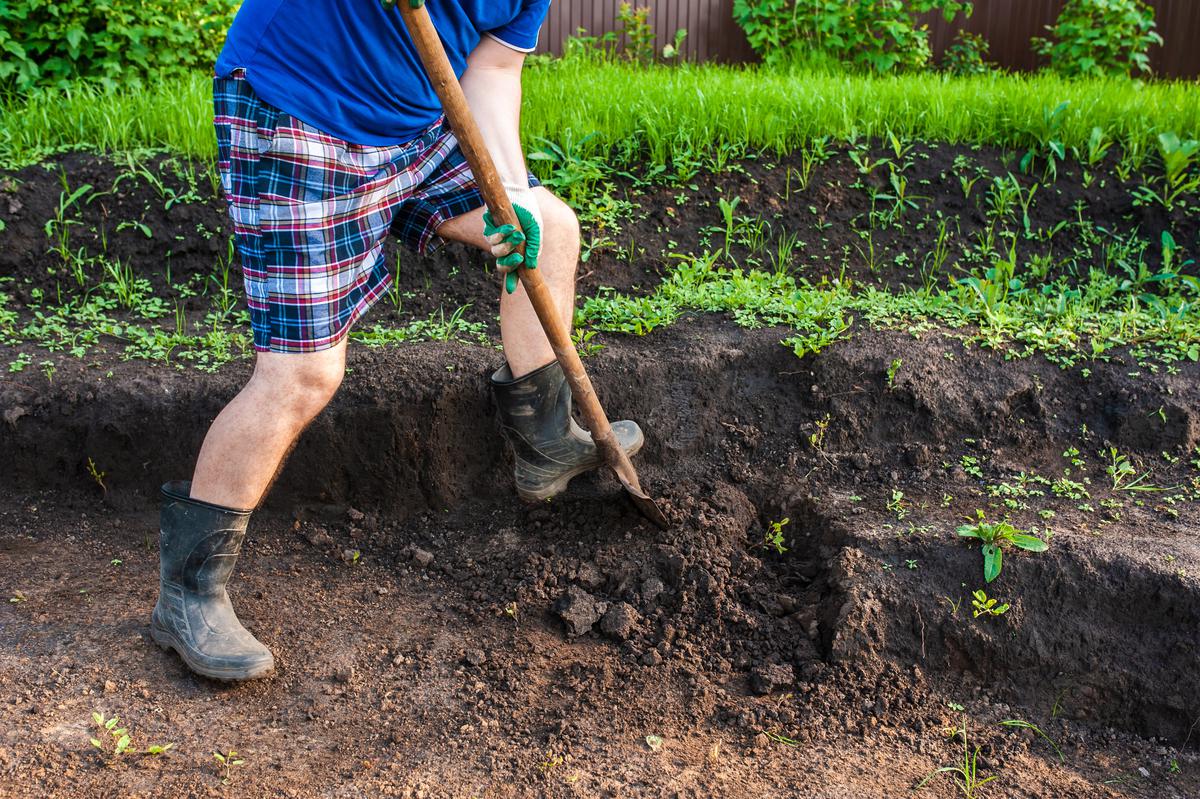
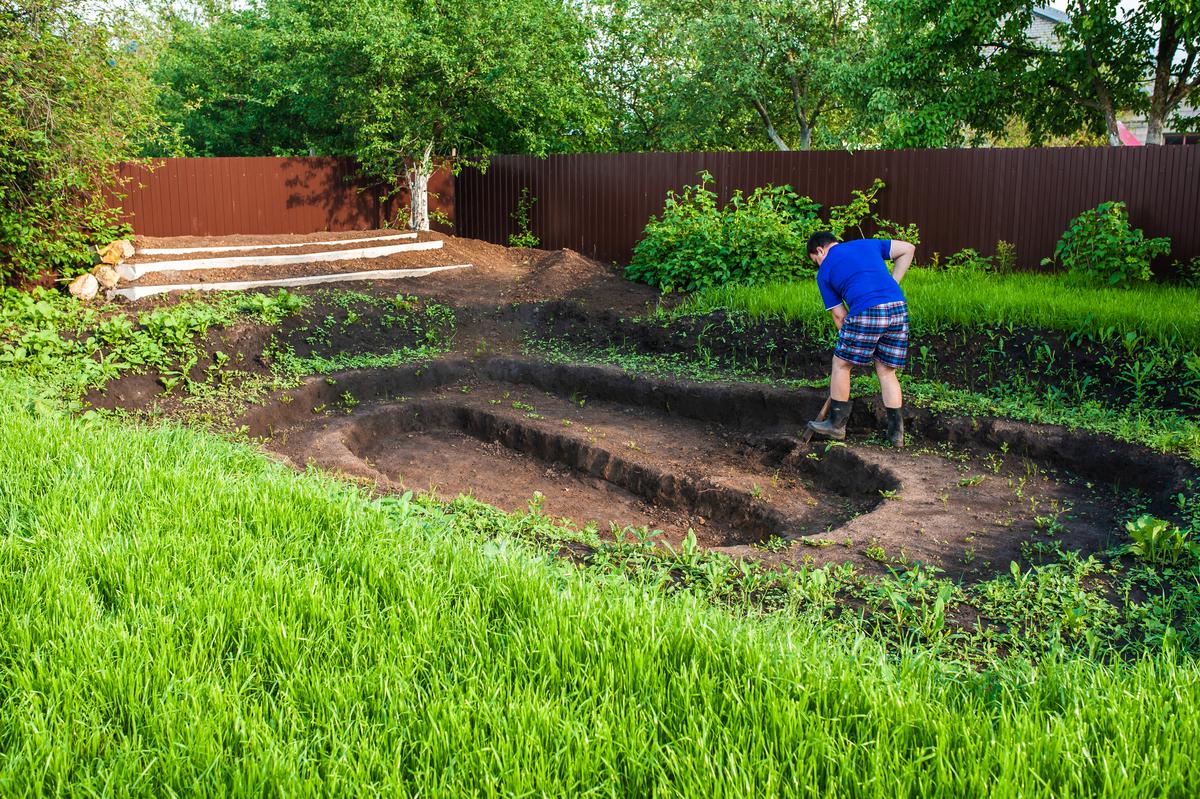
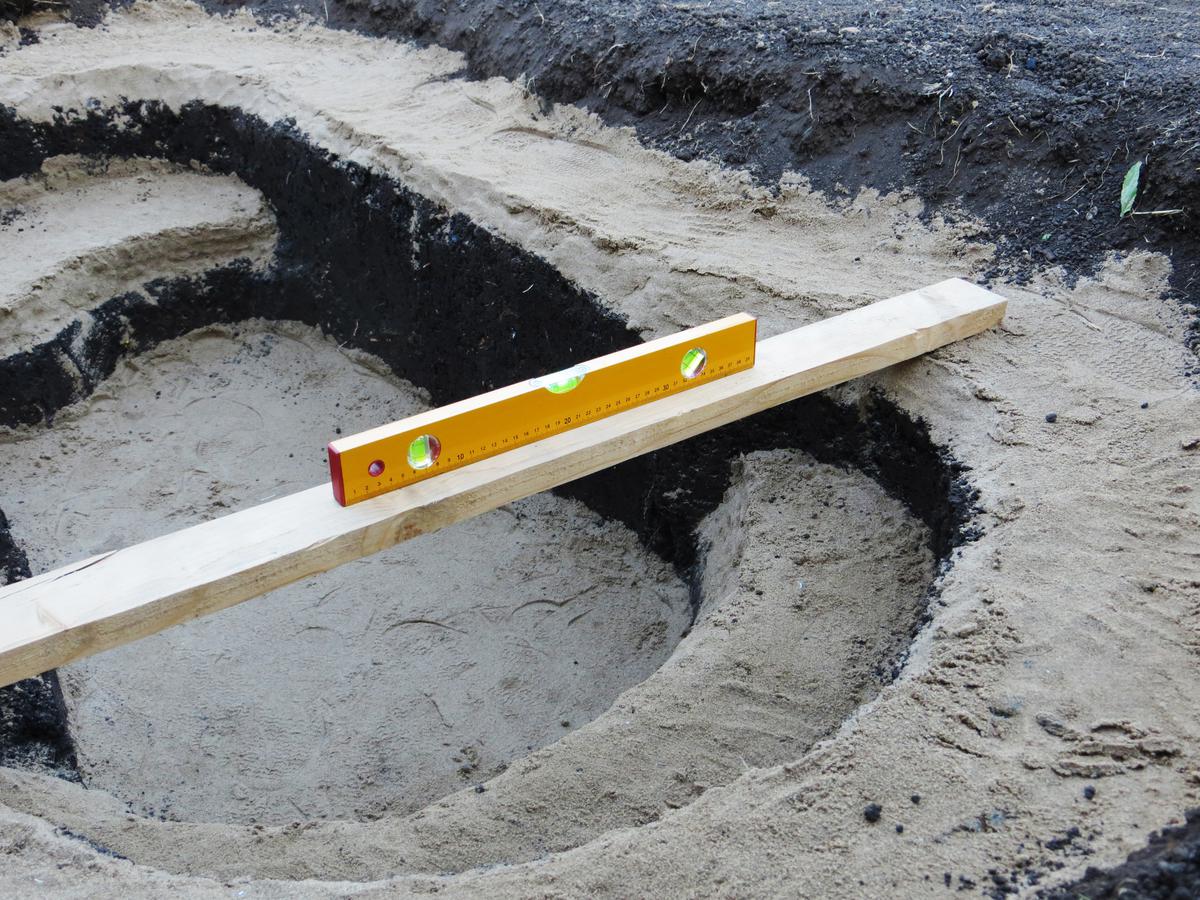
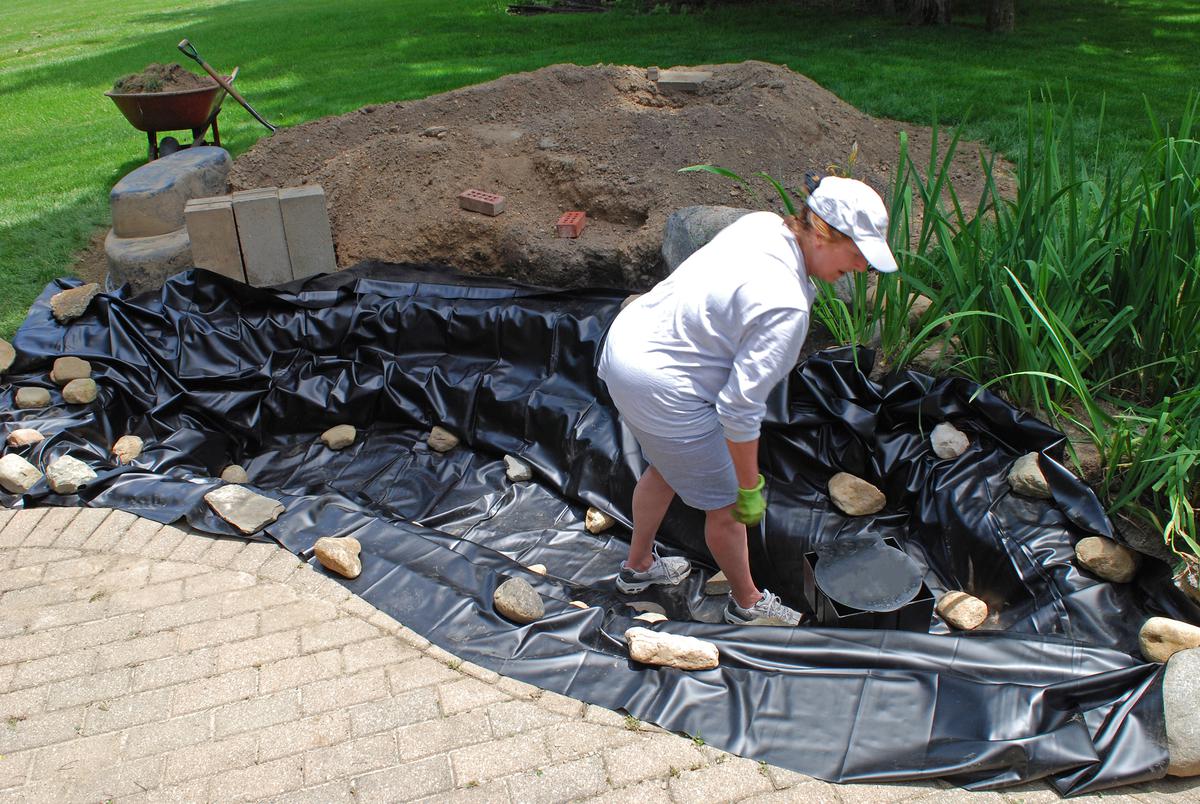
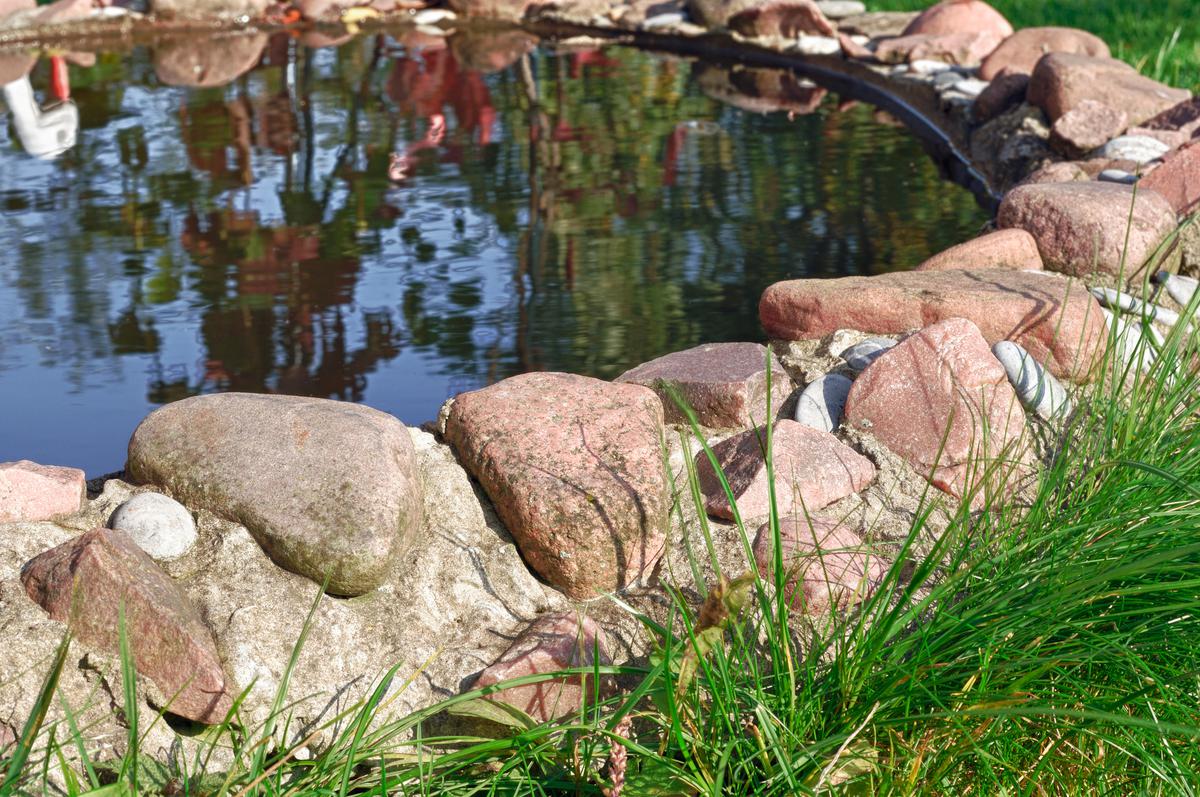
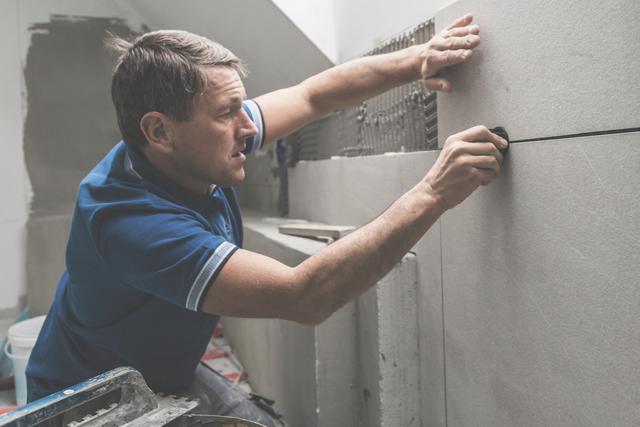

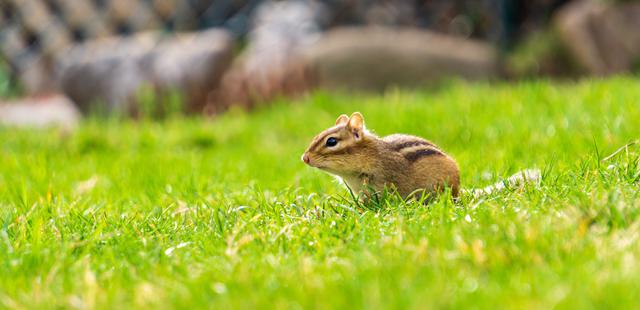
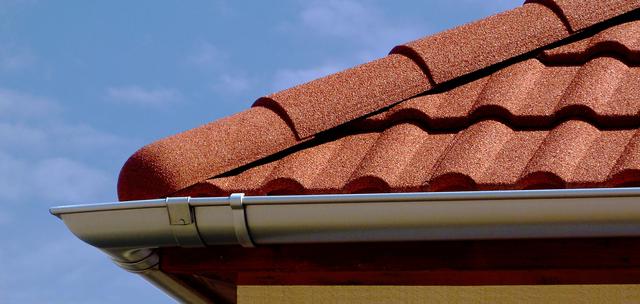
comments